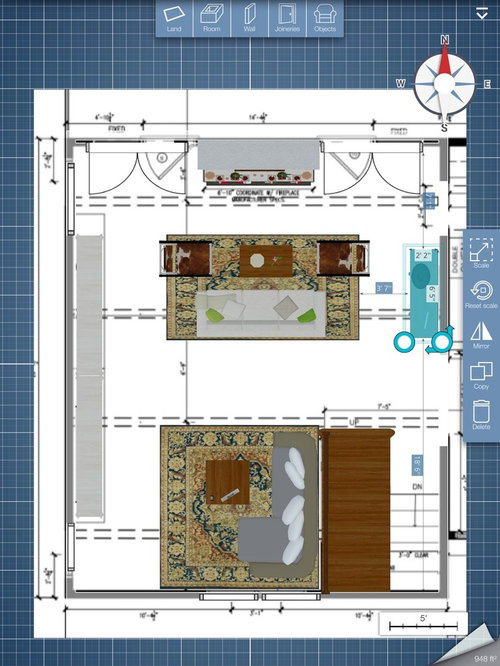

Instead, they are intended only to provide a general understanding of these terms as they relate specifically to building envelope design and performance as discussed in this design guide:Įxterior Cladding: Generally defined as a protective layer or finish affixed to the exterior side of a building enclosure system. The definitions provided below are not intended for general design and construction application. The following is a summary of selected terms and phrases used throughout this design guide.

Description Selected Terms and Definitions Appropriate use and application of the concepts illustrated in these details will vary based on performance considerations and environmental conditions unique to each project and, therefore, do not represent the final opinion or recommendation of the author of each section or the committee members responsible for the development of the WBDG. The details associated with this section of the BEDG on the WBDG were developed by committee and are intended solely as a means to illustrate general design and construction concepts only.

Specifically, it focuses on six (6) commonly specified exterior wall systems in the United States, and illustrates how proper selection, use and integration of the various materials, components and systems that comprise those wall systems is critical to the long-term durability and performance of the building enclosure. This guide, and the additional resources referenced herein, is intended to facilitate a better understanding of the basic principles behind heat, air, and moisture transfer (including bulk rain water penetration and precipitation management) through the exterior walls of a building or structure. However, despite the recent emphasis on blast-resistant wall systems and hardening of the building enclosure (see the Blast Resistance section for additional information on this topic), uncontrolled rainwater penetration and moisture ingress remain two of the most common threats to the structural integrity and performance of the building enclosure. This is particularly true when one considers the emerging threat of terrorism and the impact of that threat on the design and construction of the building enclosure. However, as our needs have evolved and technologies have advanced, the demand placed on designers to both understand, and integrate, a wide range of increasingly complex materials, components, and systems into the building enclosure has grown in equal proportion. This fundamental need for shelter is a concept that is as old as the recorded history of mankind. The basic function of the envelope or enclosure of a building or structure is to protect the covered or otherwise conditioned interior spaces from the surrounding environment.


 0 kommentar(er)
0 kommentar(er)
